Moving house with a fish tank
Moving home can be a difficult time for everyone involved. Packing your house up can take anywhere from a few hours to a few days. Depending on the items you have in your home this could take even longer. One of the most difficult items to move is the fish tank.
Moving your fish tank can seem like a daunting experience and if you move a few times in your life you will have to experience the stress of moving your fish several times. But it’s not just you that gets stressed your fish can too. Whether you have tropical fish or saltwater fish moving your fish tanks can lead to the death of your fish if not done correctly.
Here are some tips for keeping your aquarium fish safe when moving home.
Equipment needed to move home with your fish
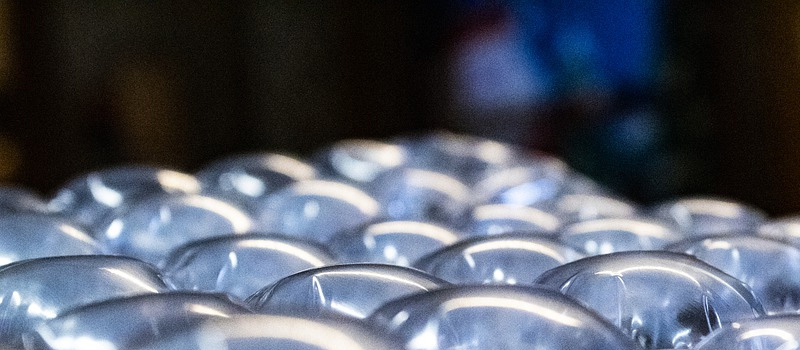
When it comes to moving with fish you are going to need to be prepared. Preparation will be the difference between your fish surviving your journey along with your tank not being damaged. To move your fish to a new home you will need the following packing supplies:
- Fish Nets
- Fish Bags
- Battery-powered air pump
- Bubble wrap
- Polystyrene Fish Box
- Rubber Bands
When you have the above you are ready to move your fish.
Preparing your fish and tank before moving
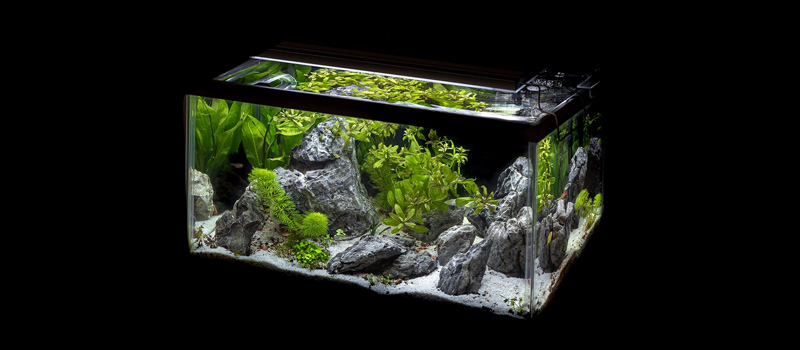
Before moving you should do a water change at least a week before the move. (If you have a water change schedule that’s more often then stick to this). What you want to do is make sure that the aquarium water is within the right PH levels and that the water is clean as moving fish can cause them to become stressed and this causes them to regurgitate their food making the water dirty.
To minimise the chance of the fish regurgitating their food you shouldn’t feed them 24 hours before moving. This won’t harm them and you can give them food as soon as you are in your new home.
We don’t recommend you move your aquarium on the same day as the move as you will need to be quick when setting up your fish tank in your new home. If possible, you could move your larger furniture into self storage in the weeks leading up to your move and then move your tank and smaller items such as plates, glasses and other important items on moving day.
Never move your fish inside of your tanks
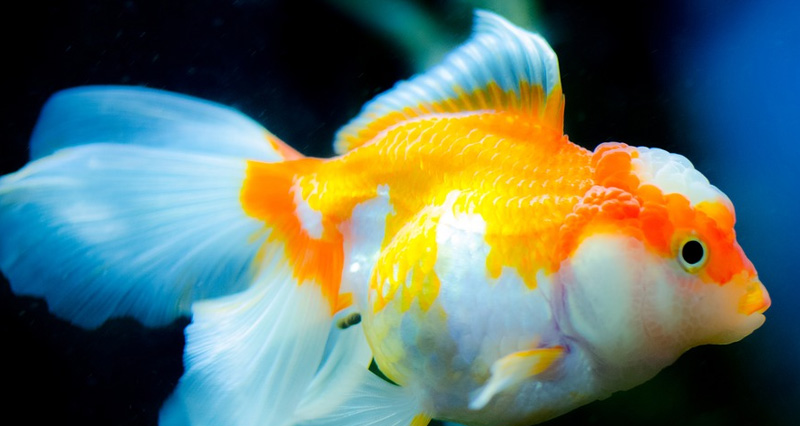
One mistake we see people make is trying to move their fish in their aquariums with their tank water still in them. There are a few issues with this, first if the aquarium smashes the fish will no longer have tank water and will die. Secondly, it’s also an issue with safety for yourself. Aquariums are heavy and in an accident could be life-threatening.
What you will need to do is transfer your fish to plastic fish safe containers. To do this remove 3/4 of your fish tank water and save this for your fish bags. Removing the water makes it easier to catch your fish in a net.
At this point, you can remove any decorations such as stones, bogwood or any other decorations inside your tank and place them in a bucket to dry out. When placing your decorations inside a bucket make sure no fish are inside of them.
Bagging up your fish
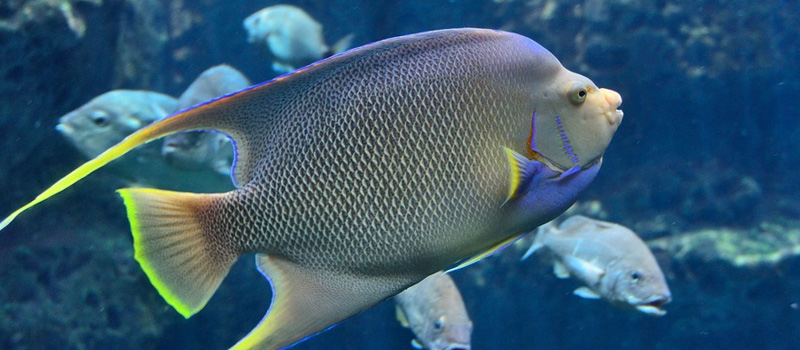
With suitable bags for transporting fish, you will want to fill 1/3 of the bag with your aquarium water. Next, catch your fish with your net and transfer the fish into the bag. You can double bag the fish for extra protection in case a bag breaks. Having two bags also allows the heat to stay in with the fish.
You can either tie your bag or use elastic bands to keep the bag secure. Elastic bands in our experience are easier to use, especially if you are bagging up multiple fish.
When bagging up your fish you should bag them individually. Pet fish can get stressed when moving so if one fish becomes ill you don’t want them to infect other fish. Bagging up your fish individually also stops larger fish from eating smaller fish too. Certain breeds of fish won’t like being kept together in a small space and will become aggressive towards each other. Tetras and Livebearers are generally ok but it’s safer for all if you keep them apart when moving home.
When you have bagged up your fish you will need to put them into a polystyrene fish box and put the lid on. The dark calms your fish down and reduces their stress.
Moving your filters, heaters and keeping your beneficial bacteria alive.
Moving is a stressful time for your fish so you want to avoid a bacteria bloom when you fill up your tank in the new home. Keeping your beneficial bacteria alive which will be in your filter media, plants and gravel is something you should aim to do.
For your beneficial bacteria to stay alive you should put your filter media in a plastic bag with your old tank water. If your move is going to take longer than an hour you will want to put an air pump inside of the bag to keep the bacteria alive.
When moving your heater you should be careful not to crack it. Heaters are fragile and should be wrapped carefully in bubble wrap. After you have cleaned out your aquarium and it’s dry you should wrap it in packing paper and then bubble wrap.
Depending on the size of your tank you may need help to load it into your van or car. Packing heavy items and moving them can be difficult so if you do need help with this you may want to consider hiring a moving company. Large 300L+ tanks are hard to move so hiring a team of professionals will help.
Unpacking your fish and aquarium when you arrive at your new home.
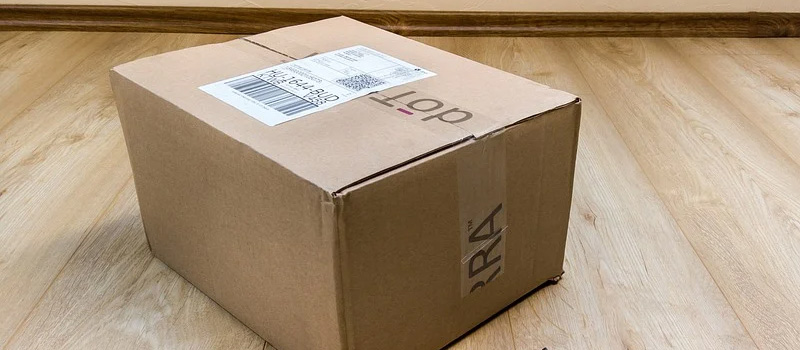
When you arrive at your new home you will want to unpack everything as soon as possible. The journey may have been stressful on your fish so getting them back into their tank is going to help.
Start with your substrate, ornaments, plants, heating and pumps. Keep all the old water as this will have beneficial bacteria in it which will keep your tank healthy. Add your new water to the tank with your dechlorinator and then slowly add your fish back into the tank like you would do when adding a new fish for the first time (floating them in the bag for 30 minutes and then slowly adding them into the tank.)
When adding your fish keep the light off, this reduces the stress they are under.
Aftercare for your fish
Moving home with fish can cause trauma to your fish even if you are super careful. To care for your fish you should be doing daily water checks looking at your nitrite and ammonia levels. If the levels are off perform small water changes as often as you need to. Also, be sure not to add any new fish at this time as your tank and fish will need time to settle.